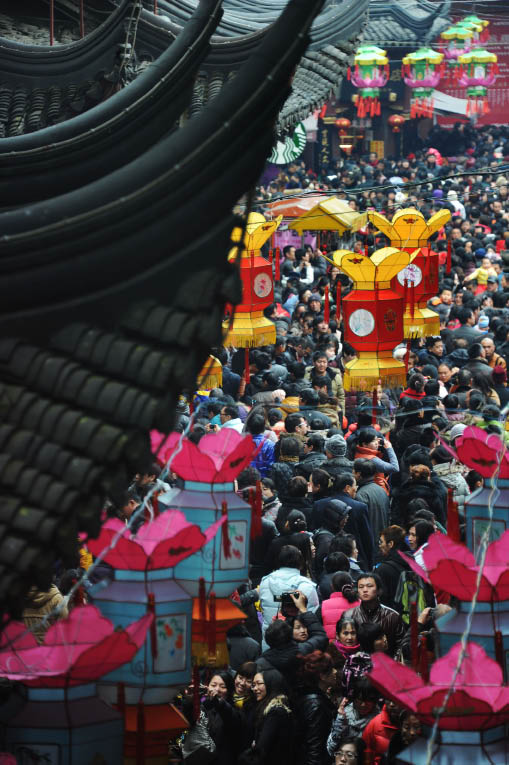By XUE LAN
Editor's note: Last April 17 U.S. officials came to the Center for U.S.-China Relations at Tsinghua University to attend a seminar on such topics as China's political system, foreign policy, trade policy, military modernization and media. As contacts between China and the U.S. are growing closer, mutual communication and trust become more important. Since 2002, the Chinese government has sent several groups of officials to the Harvard Kennedy School of Government for training programs. In 2010, the first group of U.S. officials came to China, expecting to learn more about the country. This year, attendees were mainly officials at the Senior Executive Servant (SES) level from the Department of State, the Department of Defense, the Department of Homeland Security and others.
This article is compiled from a lecture given by Dr. Xue Lan, professor and dean of the School of Public Policy and Management, Tsinghua University.
|
|
| Any small problem is a big problem when it’s multiplied by 1.3 billion. |


